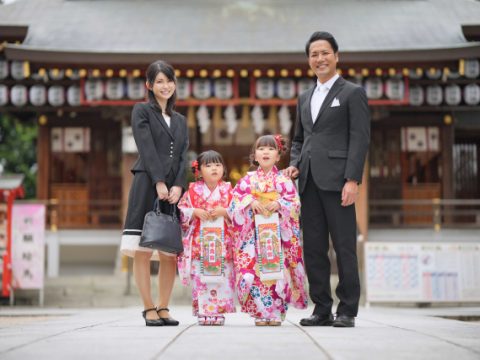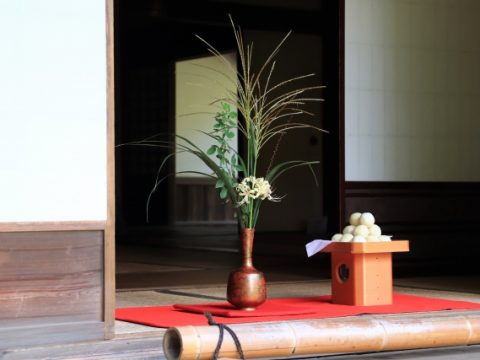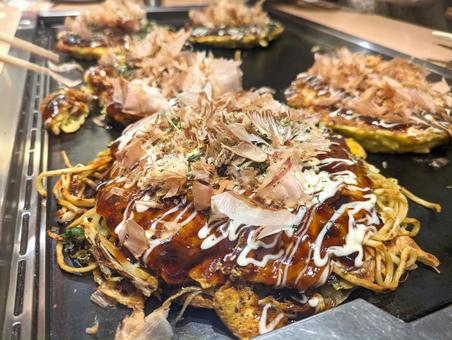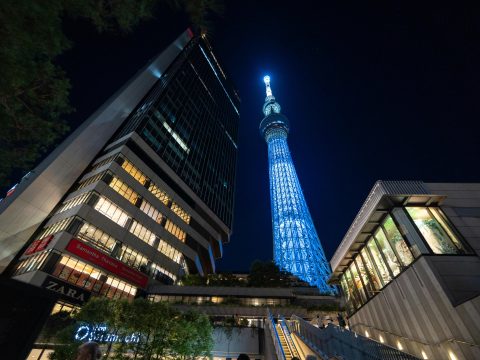Kaiseki Ryori (懐石料理)
JAPANESE FOODS
18.03.2024

Kaiseki Ryori is a traditional Japanese multi-course meal that has been refined over centuries. It is a formal meal that is both beautifully arranged and is considered the pinnacle of Japanese cuisine. It is the equivalent of a course meal in Western culture. The history of Kaiseki Ryori is very long, and it reflects the Japanese way of life.
What does Kaiseki (懐石) mean?
The name “Kaiseki” is related to the practice of Zen monks. Historically, monks used to eat only once a day in the morning. Because of the strict diet, the accumulation of body fat was limited, which made cold winter months harder for monks. It is said that they endured hunger and cold by placing the heated stones in their kimono fold (pocket) near their stomach. The word Kaiseki means “stone (石) in the kimono fold (懐)”.

How did the stone associated with Curinally?
After you learn what Kaiseki means, I bet you are wondering what the stones have to do with food. It started with the tea ceremony master Sen no Rikyu (千利休) who significantly influenced the Japanese tea ceremony during the Azuchi Momoyama period (1568 -1600). He played a role in elevating the tea ceremony from a simple act of serving tea into a profound and spiritual practice. His philosophy emphasized simplicity and mindfulness. So it is no surprise that he incorporated Kaiseki philosophy into the meal served before the tea ceremony: a simple meal that warms the body and just enough amount to stave off hunger, just like the stone used to warm up and stave off the hunger of monks.

How was Kaiseki served in the 16th century?
In the 16th century, the dishes were served in small portions but carefully arranged to create a beautiful and harmonious presentation. The ingredients were simple and seasonal to reflect the changing seasons and connection to nature. It was influenced by the concept of wabi-sabi, which celebrates the beauty of imperfection, simplicity, and the transient nature of things.

The modern Kaiseki Ryori
Over time, kaiseki ryori evolved into a more elaborate and formal meal, with a set number of courses that are served in a particular order. The courses are served in a specific progression, starting with appetizers and ending with a dessert. The progression of courses may vary depending on the restaurant, but generally, it follows a specific order. In the modern world, we rarely associate Kaiseki ryori with a tea ceremony. However, the original Kaiseki ryori served for tea ceremony is now called Chakaiseki (茶懐石) to distinguish between the modern Kaiseki ryouri.

If you are considering working in the Japanese traditional food industry, I think experiencing both styles of Kaiseki Ryori would be a great idea to get the feel of Japanese Culinary art and history.
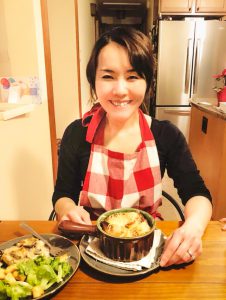
Eri Palmer
Eri grew up in Japan. She came to U.S. as an international student, and decided to stay in the country. Cooking is one of her passions, and she loves to cook Japanese food for her children.
Read previous articles by the writer
Read latest articles
KEYWORDS
- # PICKPICK
- # Resume
- # alcohol
- # Rice
- # Soup
- # winter food
- # Fast Food
- # seafood
- # spicy foods
- # raw food
- # fermented food
- # Transportation
- # MEAT
- # Edo culture
- # suits
- # clothing
- # drink
- # fish
- # seasoning
- # Japanese New Years Foods
- # Toshikoshi soba
- # Osechi Ryori
- # Ozoni
- # Christmas
- # Japanese fusion pasta
- # Wafu Pasta
- # Japanese Hot Pot
- # なべ
- # 鍋
- # Miyazaki
- # Chicken Nanban
- # Karamen
- # Autumn Wagashi
- # Mushi-yokan
- # Imo-yokan
- # Japanese Autumn Fruits
- # Autumn
- # Vending Machine
- # fall
- # dango
- # Chestnut rice
- # saury
- # Mushroom
- # Rice vinegar
- # Japanese condiments
- # 調味料
- # Sake
- # Mirin
- # Soy sauce
- # Japanese Noodles
- # Udon
- # Ramen
- # Yakisoba
- # Soba
- # Japanese Seaweed
- # 海藻
- # かいそう
- # Payslip
- # Training
- # Japanese summer foods
- # 和菓子
- # Wagashi
- # ryokucha
- # 夏
- # 飲み物
- # Ramune
- # ラムネ
- # Pokari Sweat
- # ポカリスエット
- # Calpis
- # カルピス
- # Mugicha
- # ume
- # 梅
- # うめ
- # umeshu
- # job hunting
- # tofu
- # Recruitment in Japan
- # miso
- # Japanese cuisine
- # Yellowtail and bonito
- # Children’s Day
- # Kashiwa Mochi
- # Chimaki
- # fruits
- # Kusamochi
- # Types of Agriculture in Japan
- # bread
- # パン
- # パン屋さん
- # japanese bread
- # shokupan
- # meal blead
- # anko bread
- # 桜
- # さくら
- # cherry blossom
- # visa
- # hanami
- # omotenashi
- # sakura
- # おもてなし
- # Japanese hospitality
- # oshibori
- # wet hand towel
- # hand towel
- # restaurant
- # Commuting in Japan
- # Women-only cars
- # Exit gate
- # japanese train
- # train
- # valentine
- # Japanese sweets
- # 朝食
- # Japanese Breakfast
- # Breakfast
- # Japanese
- # 日本
- # healthy
- # persimmons
- # hoshigaki
- # HR
- # work in Japan
- # jinji ido
- # corporate systems
- # Japanese work culture
- # bento
- # ekiben
- # shinkansen
- # omiyage
- # train station
- # Japanese culture
- # work culture
- # mentaiko
- # umeboshi
- # Japanese snacks
- # potato chips
- # Japanese potato chips
- # Japanese writing
- # seaweed
- # konbu
- # ocean foods
- # shio konbu
- # dashi
- # miso soup
- # food processing
- # pear
- # nashi
- # sweet potato
- # japanese sweet potato
- # stingray
- # satsuma imo
- # food value chain
- # homecooking
- # agriculture
- # Japanese homecooking
- # farming
- # nikujaga
- # shojin ryori
- # meat and potatoes
- # traditional foods
- # comfort food
- # buddhist food
- # manufacturing
- # factory
- # eihire
- # vegetarian
- # food and beverage
- # izakaya
- # yatai
- # japanese festival
- # taiyaki
- # matsuri
- # summer
- # Ikayaki
- # smart agriculture
- # shaved ice
- # kakigori
- # かき氷
- # summer dessert
- # Japan
- # Japanese foods
- # dessert
- # fruit
- # matcha
- # icecream
- # Pikcup
- # Pikc up
- # Pcikup
- # skilled labor visa
- # working visa japan
- # Dineer Table in Japan
- # Japanese manner
- # Japanese food
- # Japanese Table Manner
- # Chopsticks
- # Japanese traffic signs
- # traffic information
- # road rules in Japan
- # chocolate
- # green tea
- # Osaka
- # Work Japan
- # Japanese company
- # ikura
- # sushi
- # nigiri
- # wasabi
- # PCIK
- # PICK UP
- # PICK
- # PICKUP


